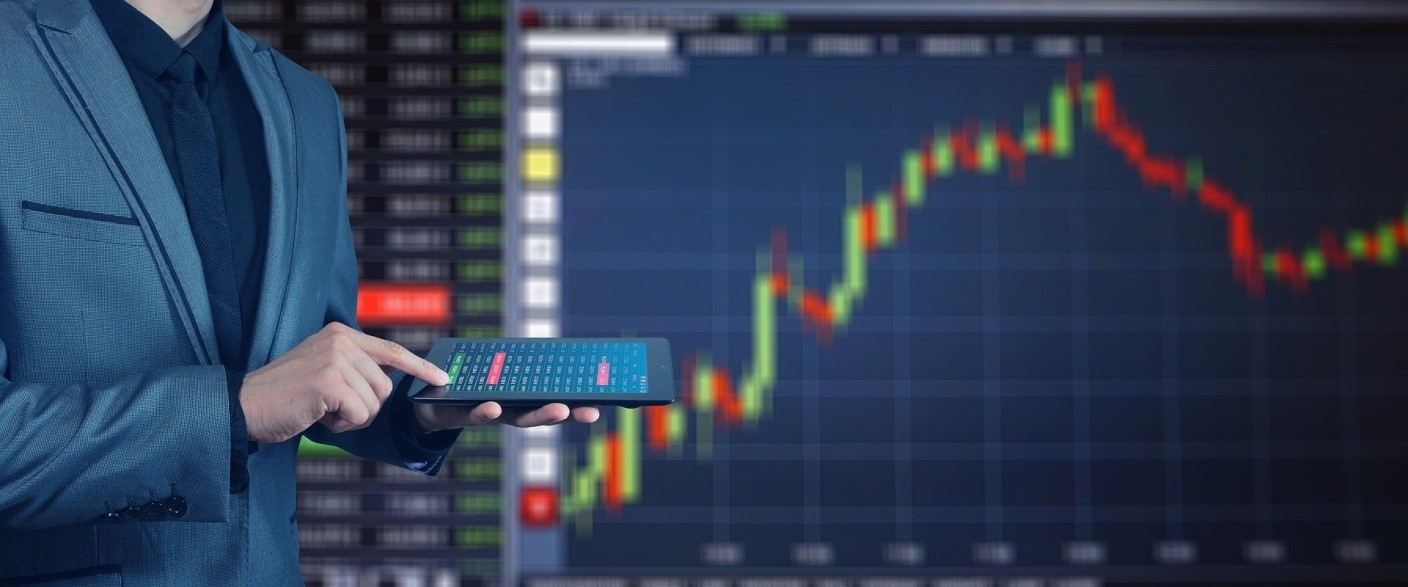Speculative trading during the recent
coronavirus pandemic has been like nothing the markets have experienced in the
past several decades. Not since the late 1980s, in fact, have so many people
made such large profits in short time frames. Why? The primary reason for the
recent volatility is directly related to uncertainty surrounding the virus. In
the early months of 2020, no one could make a guess about whether there would
be a vaccine, cure, or treatment of any kind. Nor did medical experts have a
clue about how long the pandemic would last.
Now that most of the world is slowly
beginning to return to normal, the global economy is inching back to something
like a normal state of affairs, even though there will likely be some deeply
permanent effects on various market sectors. But for investors, there are some
profound lessons. One is that commodities trading has the potential to deliver
quite large profits for those who are willing to learn how to trade real assets
as opposed to corporate shares of stock. The other lesson is that once you find
a CFD trading broker, it’s
possible to participate in the commodity sector with very little red tape, low margins,
and simple ordering methods. CFDs, contracts for difference, represent a
uniquely simple way for ordinary investors to trade just about anything,
including asset-based vehicles like gold, silver, cattle, oil, and wheat.
Wild Price Action
During the COVID viral crisis, which is
ongoing as of late 2020, many investors took advantage of the wild price swings
in all segments of the market, including corporate stock shares, commodities
like gold and oil, international currencies, and forex currency pairs. No part
of the global trading marketplace was untouched by the crisis, which send
industrial production and employment to lows not seen in more than 50 years.
For sharp-eyed investors who refused to lose their composure, this dip in the
price of virtually everything represented a unique
chance to buy all sorts of securities, assets, commodities, bonds, and real
estate at bargain-basement prices.
And now prices are beginning to swing in
the other direction, upward in most cases, those who bought in at super-low
levels are reaping the rewards. But there are still all sorts of opportunities
for anyone who wants to take part because the crisis isn’t over yet. For
example, the per-barrel price of oil is not yet back to its pre-COVID levels
and still has quite a ways to go. The same can be said for many other
commodities and corporate stock shares.
Gold as an Example
During the pandemic, the most popular precious
metal, gold, reached new heights, notching well past the $2,000 mark for the
first time in history as speculators and long-term investors sought out the
yellow metal as both a safe haven against economic uncertainly and as a way to make
fast profits on the sharp swings in value. After a pullback from those
historic highs, both gold and silver continue to offer profit potential for
anyone willing to speculate on further rises or drops in the value of those
precious commodities.
Major Opportunities
Why are there opportunities in times of
crisis? COVID might be unique in many ways but it’s certainly not the first
financial or economic crisis to come along. For more than a century, attentive
investors have watched prices surge and dip during uncertain times, which
typically occur during wars, political turmoil, natural disasters, credit
crunches, real estate gluts or scarcity, and other events that have the
potential to deeply affect the international economy. But, as every watchful
trading enthusiast knows, whenever prices drop precipitously or rise
unexpectedly, there’s almost invariably a reaction and eventual return to the
norm. No one can ever predict with absolute certainty how long it will take for
stability to return, but the point is that it almost always does return. Buying
during huge price dips and selling during upward spikes can be a smart path to
profits.
Advantages of Contracts for Difference (CFDs)
One of the ways people can take part in any
of the financial markets is via CFDs, also known as contracts for difference.
These simple to use vehicles allow people of varying experience and background
to buy and sell just about anything you can imagine, from stocks, bonds, and
options to index funds, futures, and commodities. There are many advantages of
using CFDs. They include the ability to make transactions with very low margin.
That means you can leverage a very small amount of funds to control a rather
large investment.



 Bitcoin
Bitcoin  Ethereum
Ethereum  Tether
Tether  XRP
XRP  Solana
Solana  USDC
USDC  Cardano
Cardano  TRON
TRON  Lido Staked Ether
Lido Staked Ether  Avalanche
Avalanche  Toncoin
Toncoin